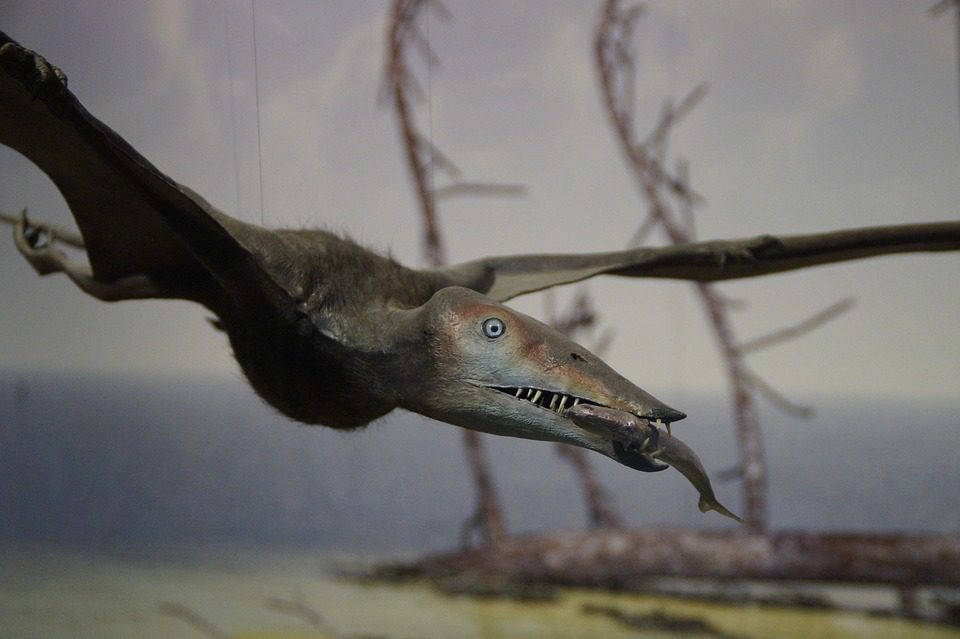Scientists discovered the fossil of a 170 million-year-old pterosaur, which they characterize as the world’s best-preserved skeleton of the ancient flying reptile, just on the Isle of Skye in Scotland. According to the National Museum of Scotland, the pterosaur, also known as pterodactyls, is the biggest of its type ever unearthed from the Jurassic era. According to the museum, the reptile had a wingspan of much more than 2.5 meters (8.2 feet), equivalent to that of an albatross.
The pterosaur’s jaw was found jutting from rocks by Ph.D. student Amelia Penny on an excursion on the Isle of Skye in rural northern Scotland in 2017. It will be added to the collection of the museum.
Extremely uncommon pterosaurs preserved in such high condition are seen in a few geological formations in Brazil and China. Yet, this large, brilliantly preserved pterosaur erupted from a tidal platform in Scotland, explained Natalia Jagielska, a doctorate student at the University of Edinburgh and co-author of a new scientific publication reporting the discovery.
The find, according to Steve Brusatte, a paleontology professor at Edinburgh University, is the finest in Britain since the early 1800s, when renowned fossil hunter Mary Anning unearthed numerous key Jurassic fossils just on the southern English coast.
He claimed the fossil had “feather light” bones that were “as thin as sheets of paper,” and that cutting it out of rock with diamond-tipped saws took several days while his crew fought oncoming waves. It informs us that pterosaurs were considerably bigger much earlier than we imagined, far before the Cretaceous period, whilst they were battling with birds. Dearc sgiathanach, which means “winged reptile” in Gaelic, has been ascribed to the pterosaur.
Pterosaurs, 50 million years prior to birds, were the first creatures to fly. They existed about 230 million years ago, during the Triassic era. Previously, it was considered that they were considerably smaller during the Jurassic period.














Leave a Reply